There are many branding strategies a given brand could use to stand out.
Some are ground breaking; some are innovative while others are more simply resounding.
Much of the role of the brand is to stand out and be remembered which is why strategy is so critical to success.
Most brands simply don’t take the time to define their strategy. For those that do, there is an audience who wants what you have and are happy to give their attention to the difference you offer.
In this article, you’ll learn six of the best branding strategies and examples to differentiate your brand.
What Is A Brand Strategy?

Before we go diving into nitty-gritty examples, let’s get on the same page about what a brand strategy is.
A brand strategy is simply a plan for how the brand will approach the market and attract its intended audience.
Using market research and customer insights, the brand strategist uncovers and defines:
Who The Brand is
Who It’s For
How It’s Different
Why That Matters
How It Will Engage
By clearly defining these key elements, a brand has the ammunition it needs to resonate with its target market.
Why Do You Need A Brand Strategy?

Although I’m not a fan of answering questions with questions, in this case, it’s merited.
Why does anyone need a plan for anything?
The reason is that success doesn’t just happen. Although there is wisdom to be found in the idea of “The Law Of Attraction”, nothing is wished into existence.

Anyone with a goal will tell you, that achieving goals isn’t exactly easy.
It requires specific actions taken consistently over time with the idea that each action will take you fractionally closer to achieving that goal.
Brand strategy is no different.
For a brand to achieve its goals and realise its vision for the future, it must take specific actions consistently over time. In essence, the brand strategy defines these actions.
PRO Brand Strategy BluePrint
Build Brands Like A Pro Brand Strategist

A Brand Strategy Becomes A Brand Experience

There are many moving parts in a strategic brand.
Some are internal, some are external. Some are verbal while others are visual.
Each element has a role to play and all elements are interdependent.
An effective positioning strategy becomes ineffective without a messaging strategy. Likewise an effective messaging strategy becomes ineffective without an engaging personality.
A brand, therefore, is like a machine of elements all working cohesively to engage and resonate with the audience through a memorable brand experience.
Explore Brand Strategy
Programs & Tools
Brand Strategy Examples and Types

As the old saying goes:
All Roads Lead To Rome
In other words, there are many different routes you can take to arrive at your intended destination (or intended vision) for your brand.
Although the best strategies follow structural frameworks, there are countless different ways a brand can appeal to an audience to win their attention, resonate with who they are and ultimately influence their buying decision.
Here are six unique strategies used by some of the most loved brands in the world.
Experiential Branding

The terms “experiential branding” and “brand experience” are often confused so let’s clear this up.
All brands have a brand experience but not all brands engage in experiential branding.
All brands provide a brand experience; that is; the experience the audience has with the brand. This is true whether the brand takes the time to design the experience or not.
That said, not all brands engage in experiential branding, which is:
The active design and development of real-world sensory interactions specifically to create a unique and memorable experience of the brand.
This strategy revolves around the sensory experience for one reason and one reason only. The impact is has on memory and the subsequent actions of the consumers who experience it.
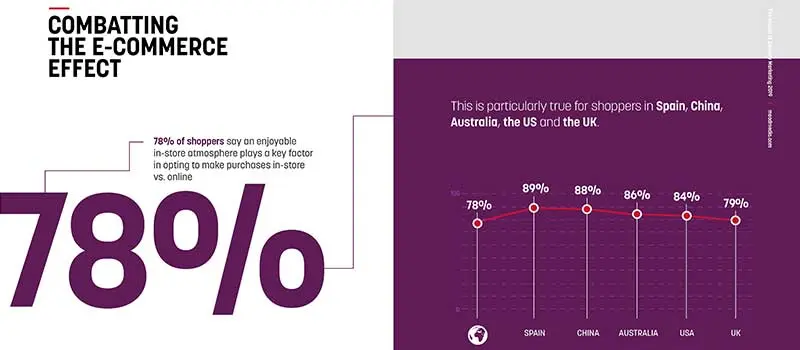
One study by Mood Media uncovered that sensory experiences drive 9 out of 10 shoppers back to stores. In other words, if you’re engaging the senses, your cementing your brand to memory and future business.
Experiential Branding Example: WWF Stop Wildlife Trafficking
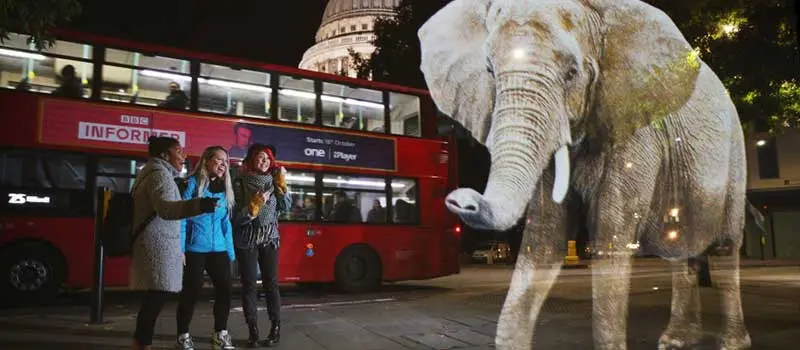
WWF was on a mission to raise awareness among the public in London around the issue of animal trafficking. To engage the senses, they created a life-sized elephant hologram to roam the streets on London for 24 hours.
The image of an Elephant walking towards you on the streets of London is not something you’d forget in a hurry.
Activist Branding

Brand activism has become a bigger topic in recent years as more brands begin taking an active and vocal stance on issues that align with their values.
The issues that brands align themselves with or against are often societal or political and create strong bonds with their customers (provided it’s executed with authenticity and customers approve of their stance).
This strategy is not for the weak-willed brand manager as it’s a fine line for a brand to walk with little error for margin.

It would seem that consumers are demanding that brands take a stronger stance on issues they believe in but take a lot of convincing that the move is genuine when they do.
Many brands have been called out for “Woke-washing” which is the idea that brands are “cashing in” by aligning themselves with sensitive issues.
Brand Activism Example: Ben & Jerry’s
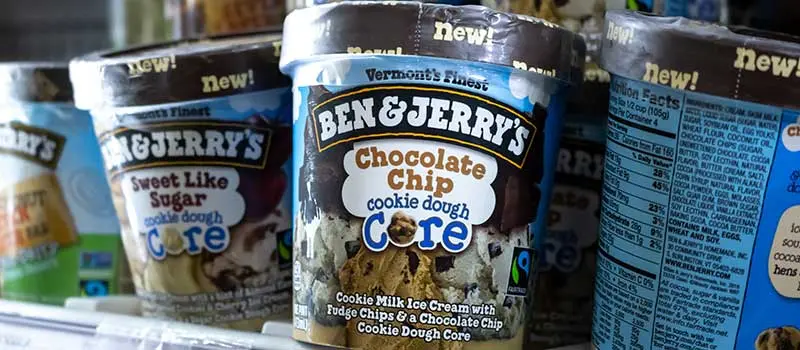
While many brands tip toe around sensitive issues or like to dip a toe in to gauge the temperature, Ben and Jerry’s don’t subscribe to doing things by halves.
Quite clearly, without fear of losing business to customers that took an opposing view or anything else but what they believed, they took a firm position on how they saw the murder of George Floyd.
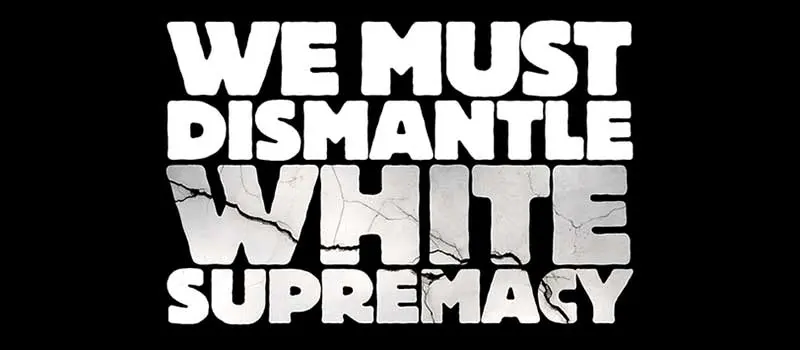
“The murder of George Floyd was the result of inhumane police brutality that is perpetuated by a culture of white supremacy,”
Again, do approach this strategy half-baked. Go all in or not at all.
Personality Branding

This strategy is more palatable and far less risky than brand activism.
The term “Differentiation” gets thrown about quite a bit in branding with many corners believing that without a groundbreaking or category disrupting differentiation strategy, you simply don’t stand a chance.
While I do subscribe to the idea that differentiation is non-negotiable, there are many ways to “be different” to your audience.

Personality is one of the most effective, efficient and economical ways you can distinguish a brand from its competitors and capture the attention and the hearts of the intended audience.
There is nothing technical about this tactic other than to truly understand who your audience is and the personality traits that appeal to them, then giving them what they want in spades.
Personality Branding Example: Old Spice
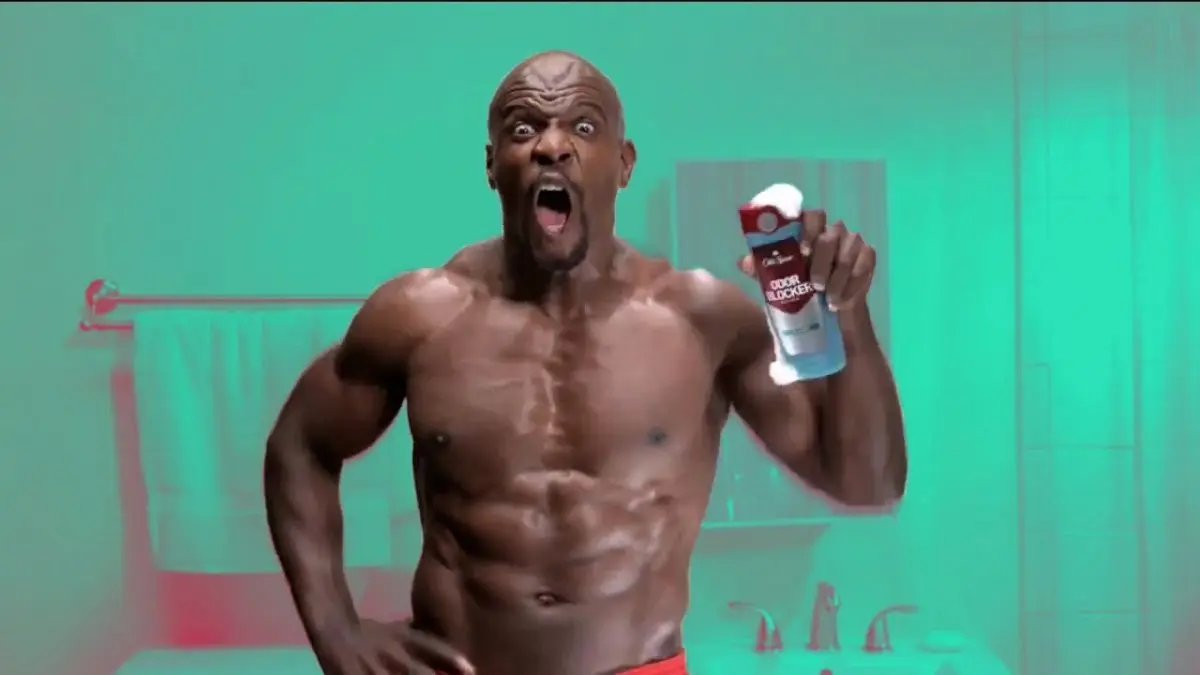
Old Spice was considered an old man’s brand that most men below 40 wouldn’t ever consider (and if they did they wouldn’t tell anyone).
Then, in 2010, realising the aging brand image it had in the market and the declining market share, Proctor & Gamble (The Old Spice parent brand), charged global agency Weiden & Kennedy, to reposition the brand to appeal to the younger generation.
The result was a viral campaign oozing humour and personality that reshaped the image of Old Spice in the mind of the younger segment. The result was a 125% increase in sales and the coveted tops spot for brands in the men’s body wash category.
Asset Branding

Brands have many goals to achieve en route to becoming the brand of choice.
One of the biggest challenges is memorability.
According to Byron Sharp, author of How Brands Grow, forming and growing memory structures that embed in the memory of the consumer to lead them back to the brand experience is an absolute must.

He goes on to state that the higher the quality and quantity of memory structures, the more likely your brand is to establish brand salience (in other words, being remembered in the buying decision).
Brands that put focused effort into developing a high number of distinct brand assets, including logo, colour palette, patterns distinctive images, audio, dramatically increase their chances of being remembered and adopted.
Asset Branding Example: Burberry

The Burberry brand is an Iconic British brand created by Thomas Burberry in 1856.
Though the brand is known for its high street fashion and it’s unique Prorsum horse logo, one of the most distinctive brand assets which has supported it’s success has been it’s iconic check pattern.
This Scottish tartan design was created in the 1920’s and was initially only sewn into the inset of coats but 40 years later, the pattern emerged from the inset to become a fashion trend that’s synonymous with quality to this day.
Heritage Branding

Heritage branding is a strategy leveraged by brands with deep roots that have been around for many decades or even centuries.
This strategy shines a light on the history of the brand and any nostalgic associations that might come with it.
Back then; it wasn’t as easy to start a company or to build a brand. You didn’t have marketing funnels or Facebook ads and brands relied more heavily on community satisfaction and word-of-mouth.

We tend to offer trust more easily to institutions that have been around for a long time because we instinctively know that if they’ve survived this long it’s because they’ve been supported by generations of consumers at different times in history.
That historical background is an edge in-and-of-itself which heritage branding aims to leverage.
Heritage Branding Example: Hermes

Hermes is a French luxury good manufacturer and is the oldest fashion brand in the world.
Founded in 1837 in Paris, Thierry Hermes originally created saddles and other leather riding gear, which provides a little window into how the world looked back then.
The main strength of the Hermes brand that has remained intact throughout generations is their love for craftsmanship.

Although the brand boasts an unshakable reputation and image in the market, that image hasn’t been created by the branding department, but by the production department
As former CEO Jean-Louis Dumas stated,
“We don’t have a policy of image, we have a policy of product.”
Lifestyle Branding

Lifestyle branding takes the focus off the products or services it sells and onto the interests and attitudes that embody a group of people.
The goal of this branding strategy is to evoke a sense of alignment and aspiration to everything the brand represents.
You could equally say that the goal of lifestyle branding is to align the brand with the audience’s idea of the best version of themselves.
The core concept behind this approach is that the brand isn’t selling a product or services but a means to an end and that end is the desired lifestyle of the audience.
Lifestyle Branding Example: Red Bull

I can’t think of a better example of lifestyle branding than Red Bull.
Remember, this is a company that has been built on a single product, which is a can of sugary (energy-boosting) water.
Red Bull’s entire marketing strategy is based not around promoting the features or benefits of their sugar water, but an idea aligned with a very specific lifestyle.
This brand has not only aligned itself with the word “extreme”, through its media production house and support of extreme sports athlete’s they’ve ingrained themselves into the culture and the lifestyle that comes with extreme sports.
Over To You
Branding is nothing if not a means to provide meaning to the audience about why they should choose one brand over another.
What meaning you provide and the way in which you provide it is known as the brand strategy.
So as you sit down to develop your next brand and the strategy that leads it, simplify your approach and answer this simply question.
What is the meaning I want the audience to have?
The answer to this question should be the driver behind everything the brand does from operations to communication and everything in between.
On-Demand Digital Program
Brand Master Secrets
Make the transition from hired-gun to highly valued brand strategist in less than 30 days. The systems, frameworks and tools inside this comprehensive program are all you need to level up.








